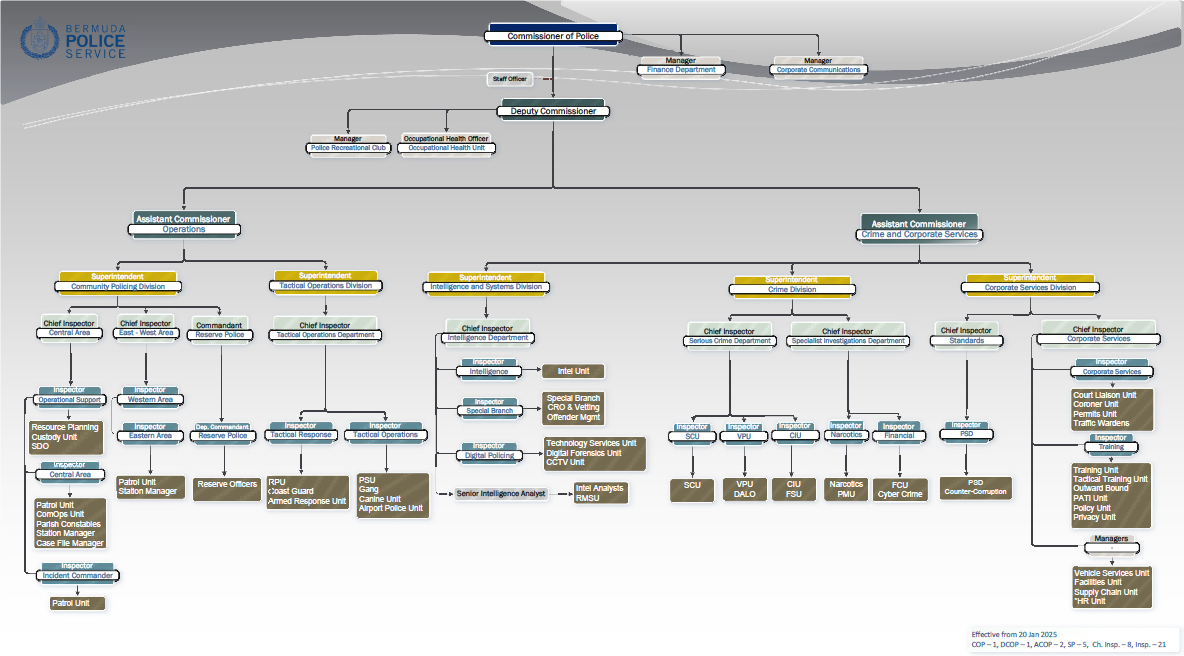Our Structure
Our approach to Making Bermuda safer!
The Bermuda Police Service (BPS) is committed to community safety for all, through partnership and the individual efforts of each member of our organisation to serve their communities.
In this regard, we introduced a 2021-2026 Strategic and Operational Plan contained in this document, to support and develop each member of the BPS to reach their full potential and create a work environment that values their effort and collectively enables us to work as an even better team.
Areas within the Service are divided into divisions and areas within a division are separated into departments.
There are five divisions in the Service, working in unison to realize our vision.
Every rank within the Service is important, from Constable to Commissioner of Police, as they perform specific roles and have various responsibilities.
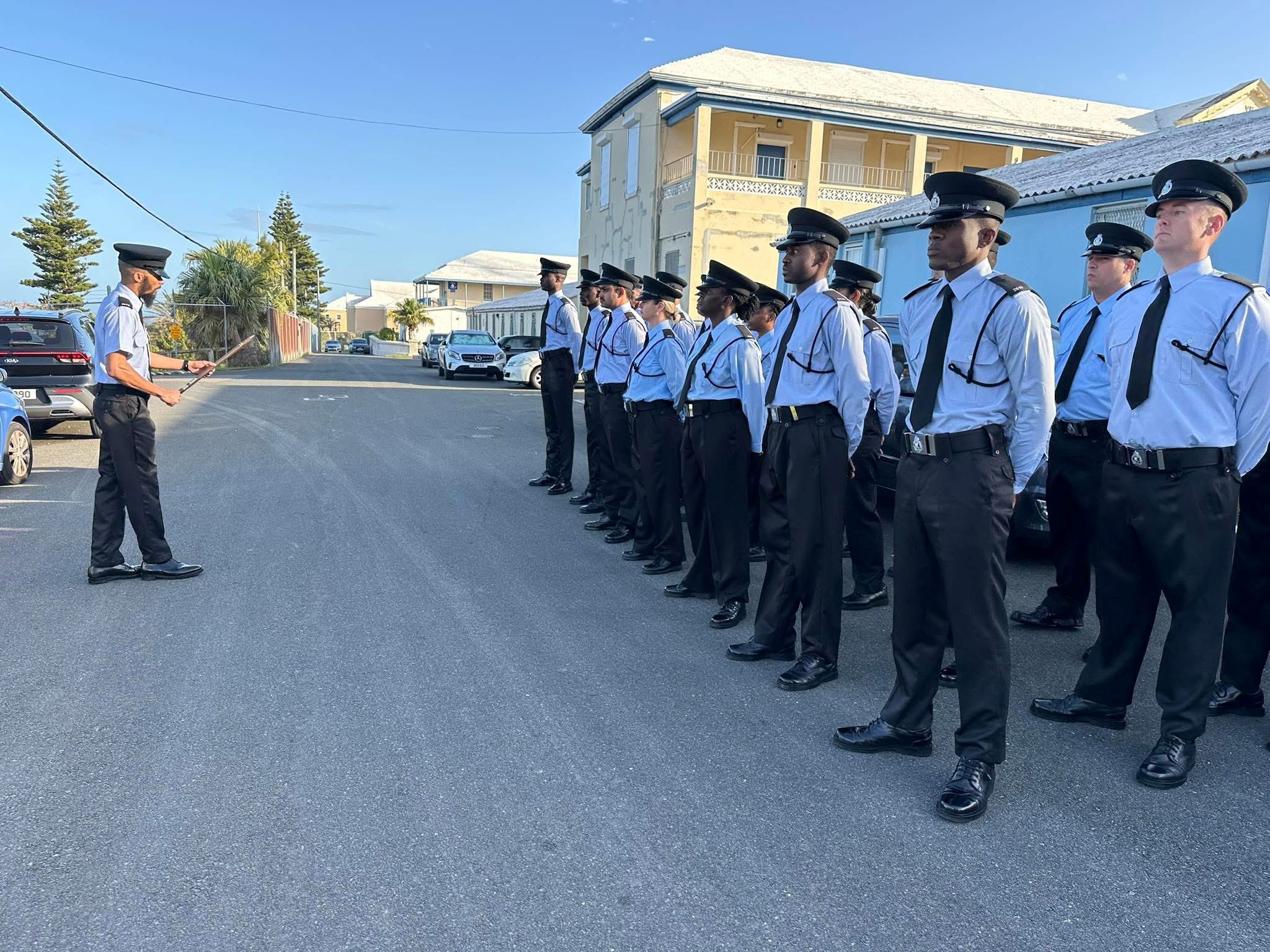
Community Policing Division
The Community Policing Division covers all aspects of uniformed policing and is primarily responsible for all community and geographical policing.
Corporate Services Division
The Corporate Services Division is responsible for several key areas of the Service, including human resources, training, policy and facilities.
Crime Division
The Crime Division consists of a number of departments that provide the Service with the ability to respond to all levels of criminality from volume crime to serious and organised crime.
Intelligence & Systems Division
The Intelligence and Systems Division is responsible for all intelligence gathering and analysis, information management, and technology services.
Tactical Operations Division
The Tactical Operations Division is responsible for operationalising efforts to reduce gun crime, drug activity, gang activity and other violent crimes.
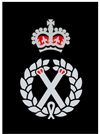
Commissioner
The most senior rank and is responsible for leading the Service and setting out its strategic vision.
The symbol denoting the Commissioner's rank is crossed tipstaves, surrounded by a laurel wreath, above one St. Edward's Crown.

Deputy Commissioner
The second highest rank, responsible for directly supporting the Commissioner of Police in the administration of the Service.
Any act which may be done, ordered or performed by the Commissioner may, subject to the orders and direction of the Commissioner, be done, ordered or performed by the Deputy Commissioner.
The symbol denoting the rank of Deputy Commissioner is crossed tipstaves, surrounded by a laurel wreath, above two Bath Stars ("pips").
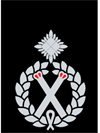
Assistant Commissioner
Assistant Commissioners hold the third highest rank in the Senior Command Team.
They are responsible for implementing the Service vision and strategy through major organisational portfolios, such as Crime and Operations.
The symbol denoting the Assistant Commisioner rank is crossed tipstaves, surrounded by a laurel wreath worn, above one Bath Star ("pip").
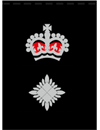
Superintendent
Superintendents lead divisions within the Service, managing large and/or complex resources.
They also carry responsibility as the strategic or policy lead for one or more areas of policing. Superintendents are often the senior decision-makers during significant operational incidents. They often sit at the gold level within the operational command structure.
The symbol denoting the rank of the Superintendent is one St. Edward's Crown above one Bath Star ("pip").
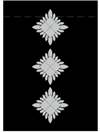
Chief Inspector
Chief Inspectors are considered middle managers, overseeing large teams and resources. They manage teams of Inspectors, Sergeants, Constables, and police staff.
They may be the most senior operational response officer or manage assigned specialist policing functions such as investigations. This role carries specific legal powers in line with the Inspector rank, to enable the maintenance of law and order.
The symbol denoting the rank of the Chief Inspector is the arrangement of three vertically arranged Bath Stars ("pips").
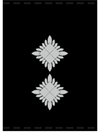
Inspector
Inspectors manage teams of Sergeants, Constables and police staff and/or portfolios. Post holders may be the senior operational officer or manage assigned specialist policing functions. This role carries specific legal powers to enable the maintenance of law and order.
Inspectors plan, manage and monitor operational policing activity. They effectively and efficiently direct the deployment of resources to incidents, including critical incidents. Inspectors manage and mitigate risk effectively in order to ensure the safety and wellbeing of officers, staff and the public and to respond effectively to problems, incidents and crime.
The symbol denoting the rank of Inspector is the arrangement of two vertically arranged Bath Stars ("pips").
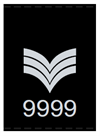
Sergeant
Sergeants are the first level of line management in policing and as such carry an important role in ensuring effective daily supervision, guidance, and support of officers and staff.
They are responsible for enabling the development of competence within their team, whilst ensuring that organisational standards are met and objectives achieved.
The symbol denoting the rank of Sergeant is the arrangement of three chevron stripes.

Constable
Constable is the starting rank of the Service. Constables play a critical front-line role in the prevention and detection of crime and in the criminal justice system.
Constables work in partnership on a day-to-day basis with local communities, stakeholders, and colleagues in order to promote law and order, reduce the fear of crime, provide reassurance and build confidence, to improve the quality of life for citizens.
Constables wear epaulettes attached to their uniform, displaying their Service number (also called a shoulder number).

